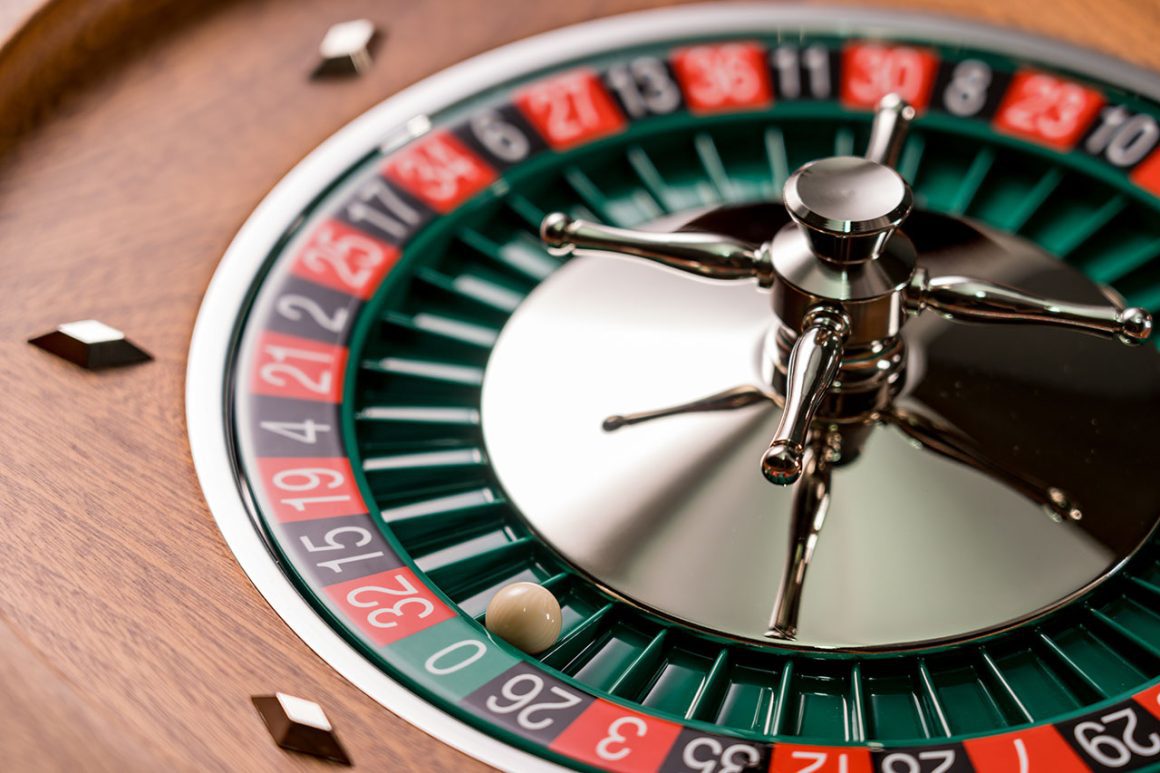The roulette wheel symbolizes great fortune. It is not just the jackpot that the players love but the excitement associated with the wheel. As it spins, it also takes with itself the players who lose themselves in a whirlwind of chance, excitement, and glamour.
For many years, this roulette wheel has managed to both captivate and confuse players all around the world. Behind its elegant appearance lies a well-hidden secret: a sophisticated piece of machinery that has been perfect over the decades. This evolution in the traditional roulette wheel has made it tougher to gain a victory.
Yet, it isn’t impossible. To master the wheel, it is important to delve into its workings. Roulette players can learn a lot simply by understanding how the wheel has been manufactured. This allows players to understand the best possible strategy they can apply to get the upper hand.
Unveiling the Basic Mechanics of the Wheel
The roulette wheel lies at the heart of the roulette game. This is the most important factor you need to understand to win! The wheel is to roulette like cards to poker; one means nothing without the other.
The wheel consists of several essential components, which include;
The Wheel Itself
The roulette wheel is a distinctive feature of the roulette table. It is a large, round structure and often beautifully carved to attract the attention of casino visitors. It is the center of attraction at the roulette table and can be spotted through its spinning mechanism.
Depending on technological advancement, this wheel is either spun by a croupier or an automatic spinner. It is also divided into several numbered pockets, each being colored red or black. However, the wheel also consists of one or two green pockets (for the zeros, one in European and two in American wheels).
The Ball
The ball dropped into the roulette wheel is often made of ivory or plastic. This is used to throw onto the spinning wheel and spin until it rests in one of the pockets. Its resting place is the defining factor for any roulette player, determining whether they will win the bet.
The Table Layout
Another important wheel component is the table layout, which displays a grid. This grid corresponds to the numbers that are displayed on the wheel. Players can bet on the numbers in the wheel through chips placed onto the grid. You can place your bet on specific numbers, groups of numbers, or different colors.
How it Works
So, we know all the important components of the wheel. But how does it work? Why are they really important?
The wheel operation is pretty straightforward but corresponds to a much more complicated payout structure. Here are some factors to note;
Betting: As discussed before, roulette players are supposed to bet on the wheel’s layout before it is spun. They can choose different options. Each number and color has different odds and payouts depending on their position on the wheel.
Spinning: Once the bets are placed by all players surrounding the roulette table, the croupier should spin the wheel and the ball onto the wheel in the opposite direction. As the wheel and ball spin, players wait with bated breath to watch the ball lose momentum and fall into one of the numbered pockets.
Payouts: These are determined by the house edge (a percentage that the casino potentially makes off your bet).
The Hidden Secrets of the Roulette Wheel
Not all roulette players know the inner mechanisms of the wheel. Contrary to popular belief, wheel manufacturing matters and can impact your outcomes. The manufacturing doesn’t just work on maintaining the house edge but also attempts to ensure fairness, randomness, and durability.
Wheels are Constructed with Durable Materials
The construction of the wheel can greatly impact the odds. This is because if the wheel wears out, it can compromise the randomness of the results. To keep this randomness constant, the wheel is structured with durable material, typically wood, with a metal-reinforced outer rim.
The pockets are usually made of brass, and the ball track is made of metal to ensure that the ball moves smoothly along the track. However, these materials can differ depending on the version of the wheel. This ball track is also constructed to be slightly tilted so the ball doesn’t fall into a predictable pattern. It allows the ball to bounce unpredictably, throwing players off.
Wheel Pocket Dimensions and Arrangements are Carefully Determined
The dimensions and arrangement of the pockets on the wheel are carefully determined to ensure that the change of the ball dropping into any of the pockets is completely random. The pockets are also precisely measured to check for bias and ensure no number is favored.
These pockets are also balanced along with the wheel to ensure further that the randomness is not compromised at any cost. Manufacturers repeatedly balance the wheel so that roulette wheels aren’t tracked.
Electronic Wheels are Often Used
One of the biggest developments in roulette wheels is the electronic wheels incorporating the random number generator for added fairness. These RNGs are programmed in a way that allows them to produce completely random outcomes.
Wheels are also maintained frequently and monitored so that if any bias creeps in, it can be eliminated before a player can take advantage of it.

Final Thoughts
The roulette wheel doesn’t just exist as a beautiful attraction in the casino. It embodies the true spirit of all casino games. It is beautifully and carefully crafted for roulette players who truly desire the random and fair wins they came to the casino for.
This allows them to experience an exciting, adrenaline-packed gambling experience. This experience can be improved through a strategy that considers roulette wheel manufacturing.
Remember that the best thing you can learn from the wheel is the fact that it is completely random. Avoid looking for patterns, as that is just going to take you towards a loss!


Leave a Reply